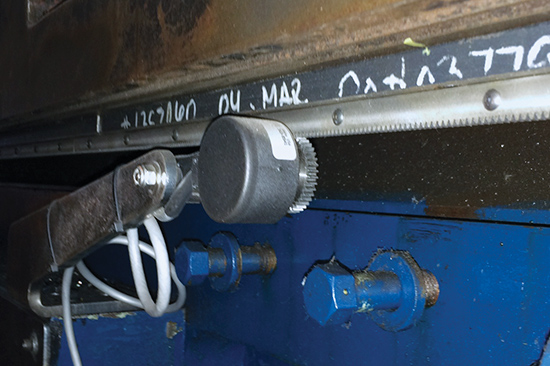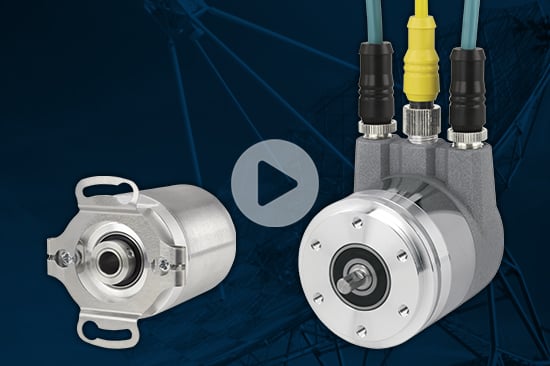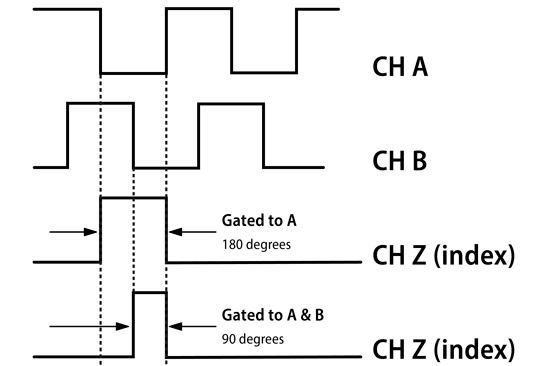In backstop gauging, an encoder ensures that the unit to be controlled, such as a machine tool, does not exceed a preset position or direction of travel. This encoder function is often combined with determining the speed of travel of the table, tool head, or similar component.
Mechanically, both shaft and thru-bore encoders can be used for backstop gauging. EPC's Model TR2 Tru-Trac®, with its integrated rack-and-pinion gear system, is a good solution for backstop gauging applications.
Electrically, variables such as resolution, output type, channels, voltage, etc., can all be specified to meet the individual application requirements. Due to reciprocating motion, quadrature output is preferred since direction must be determined. Additionally, an index pulse should be specified to ensure the ability to find a home position. Both incremental and absolute encoders are suitable for backstop gauging, with some applications favoring multi-turn absolute feedback due to the ability to determine exact position, even in the event of loss-of-power scenarios.
Environmental considerations are important when specifying your encoder. Take into account the encoder's exposure to liquids, fine particulates, extreme temperatures, and washdown requirements. An IP66 or IP67 seal protects against moisture ingress, while a stainless steel or polymer composite housing to mitigate the effects of harsh cleaning chemicals and solvents.
Examples of Backstop Gauging
- Machine tool turret placement
- Press-brake positioning
- Gantry positioning





